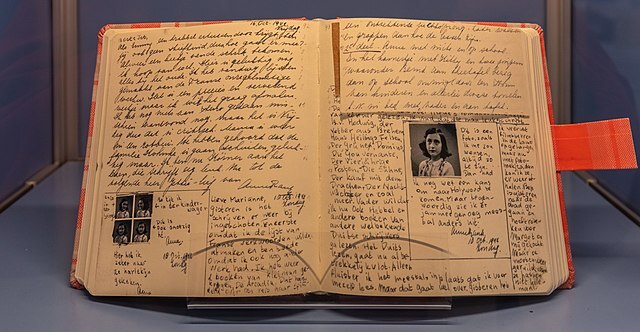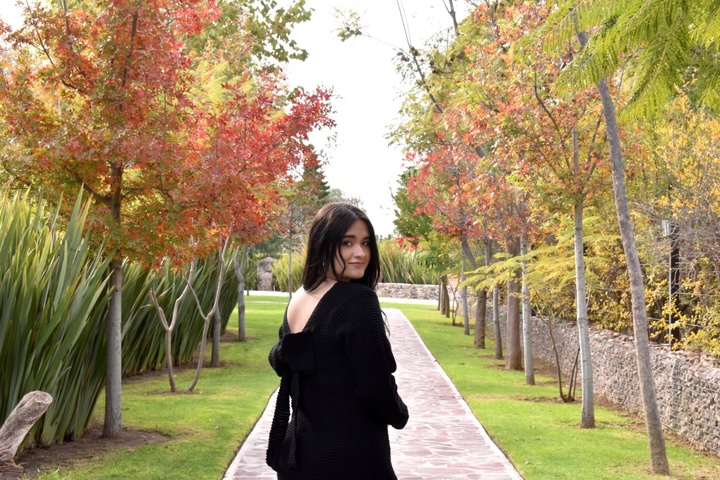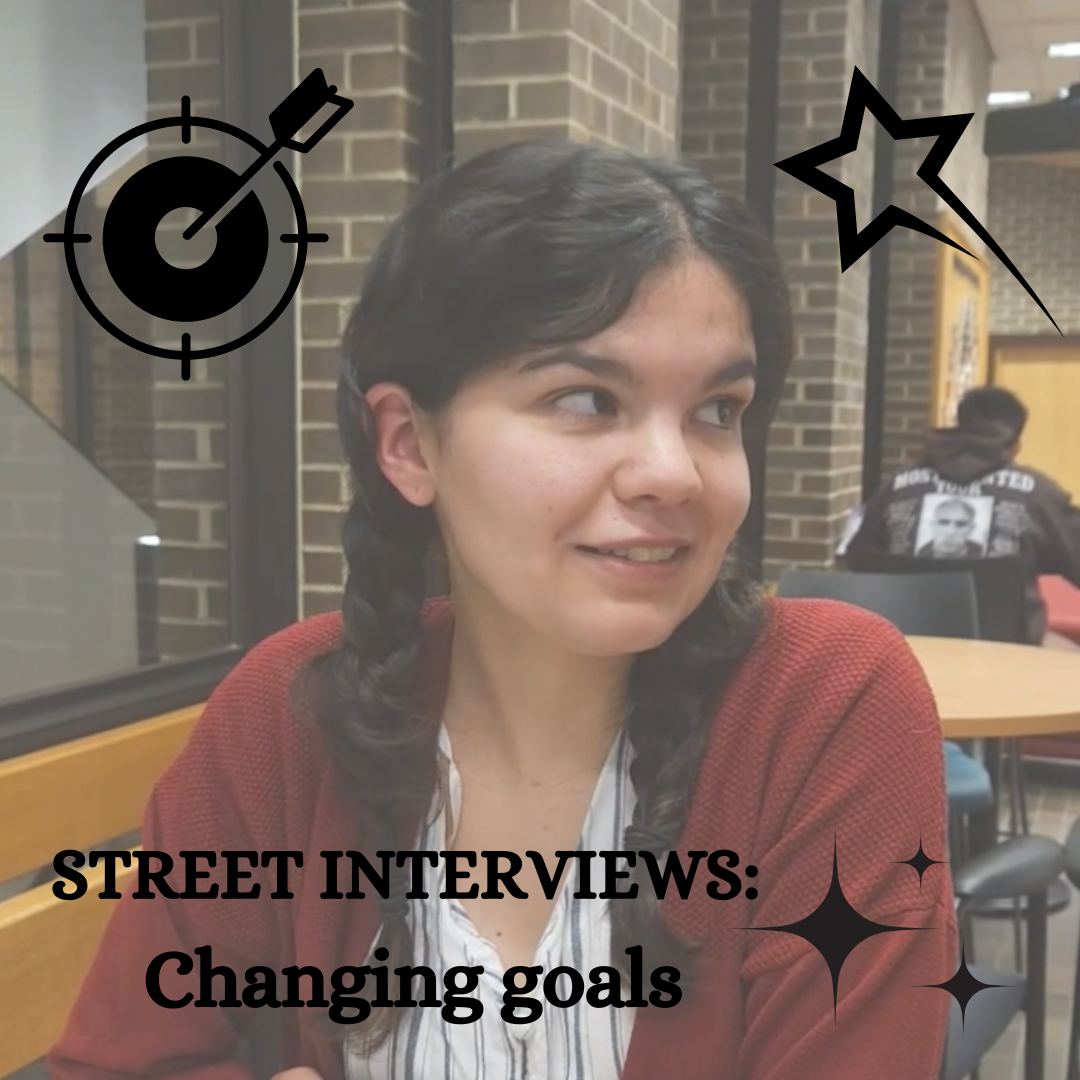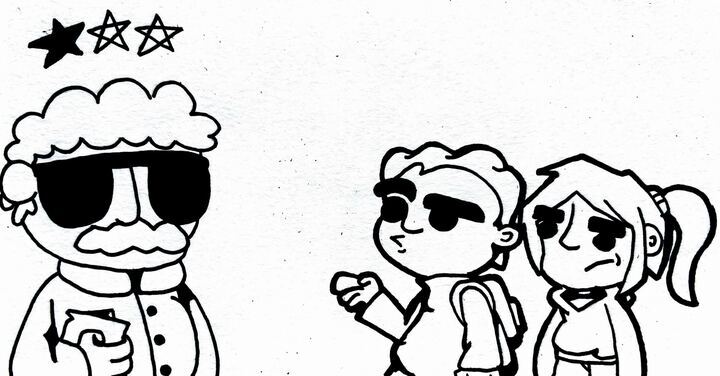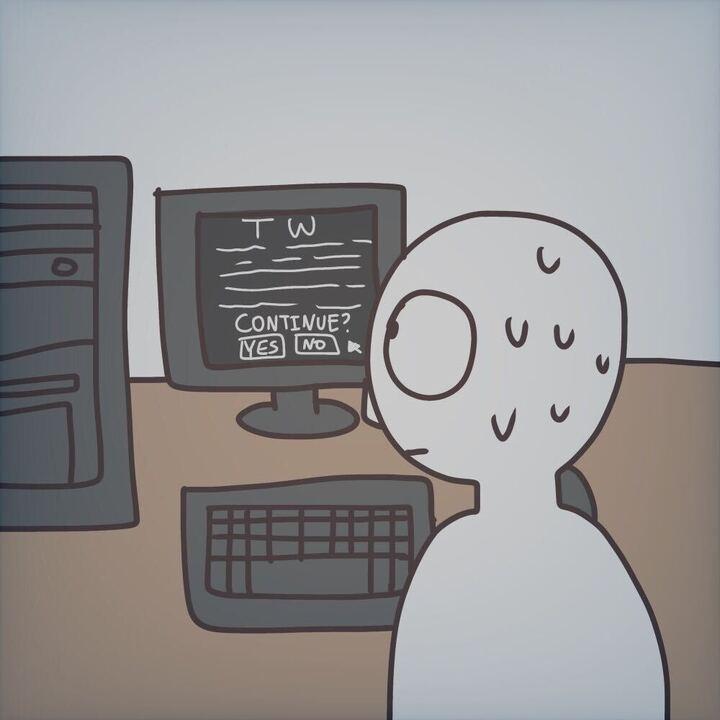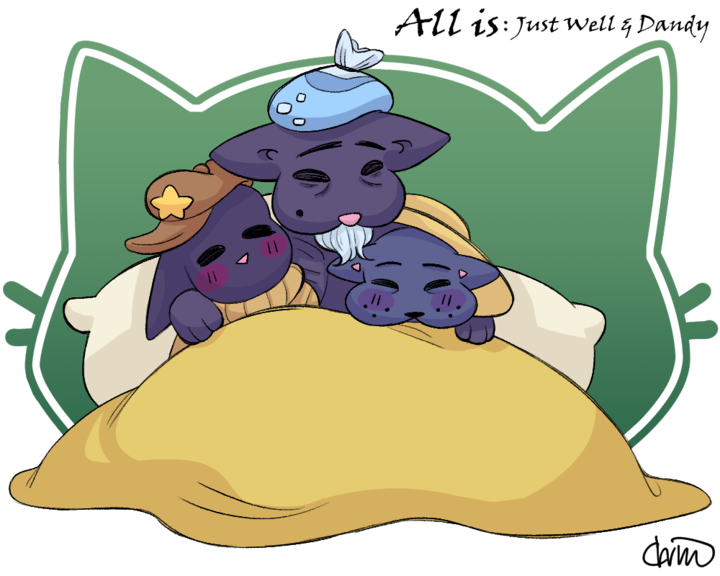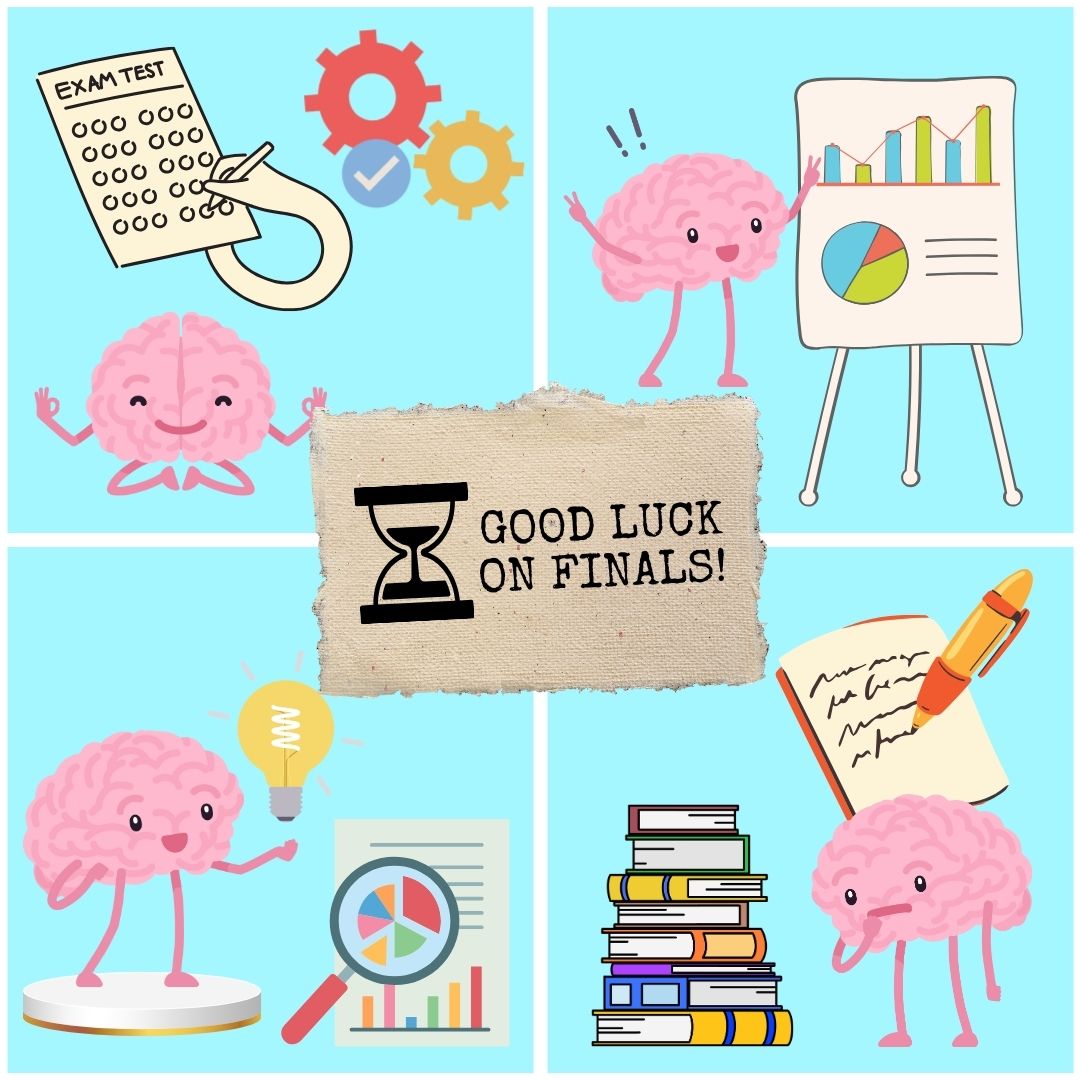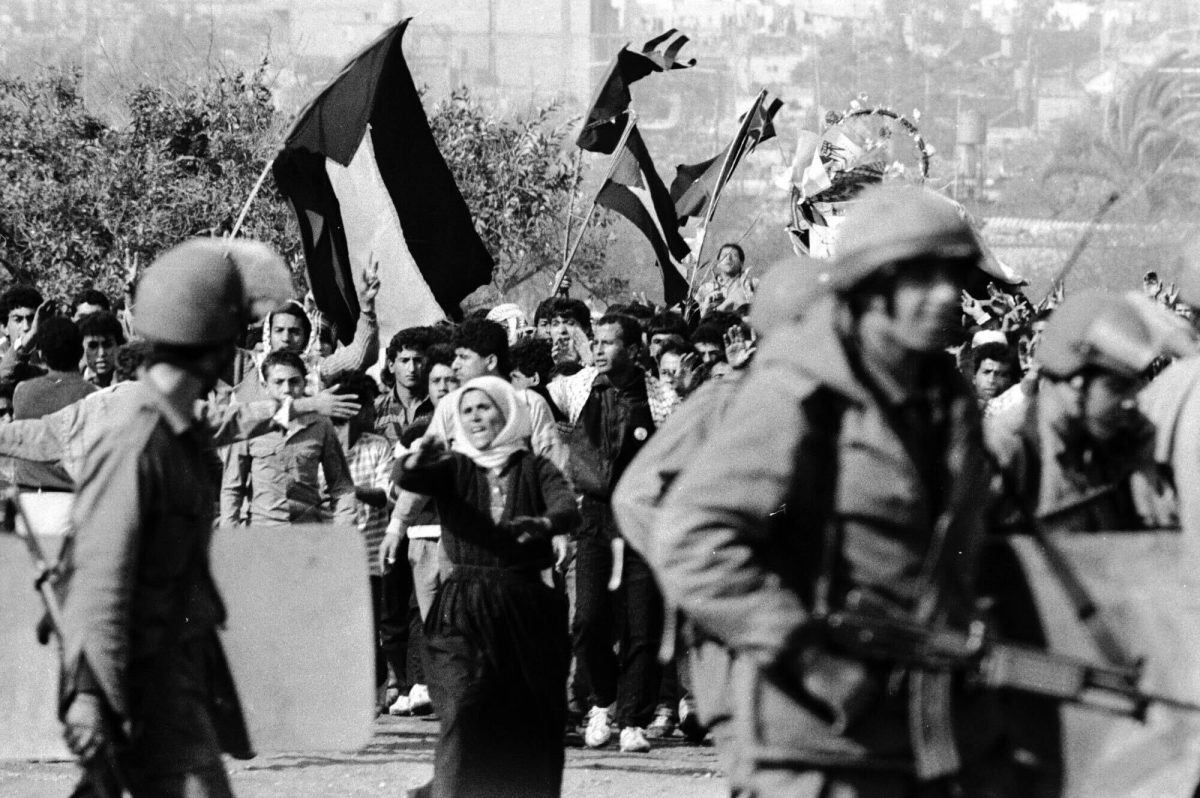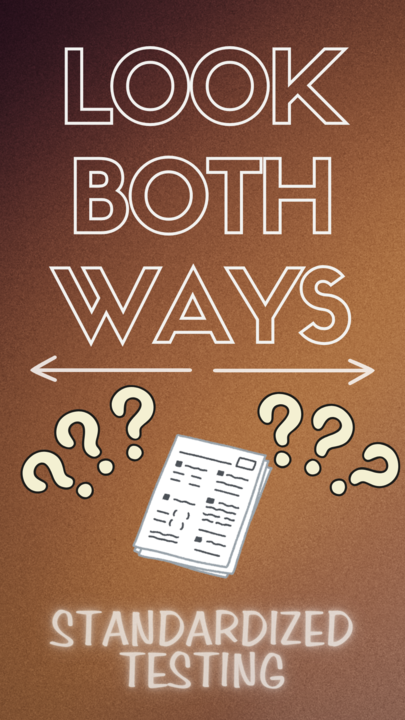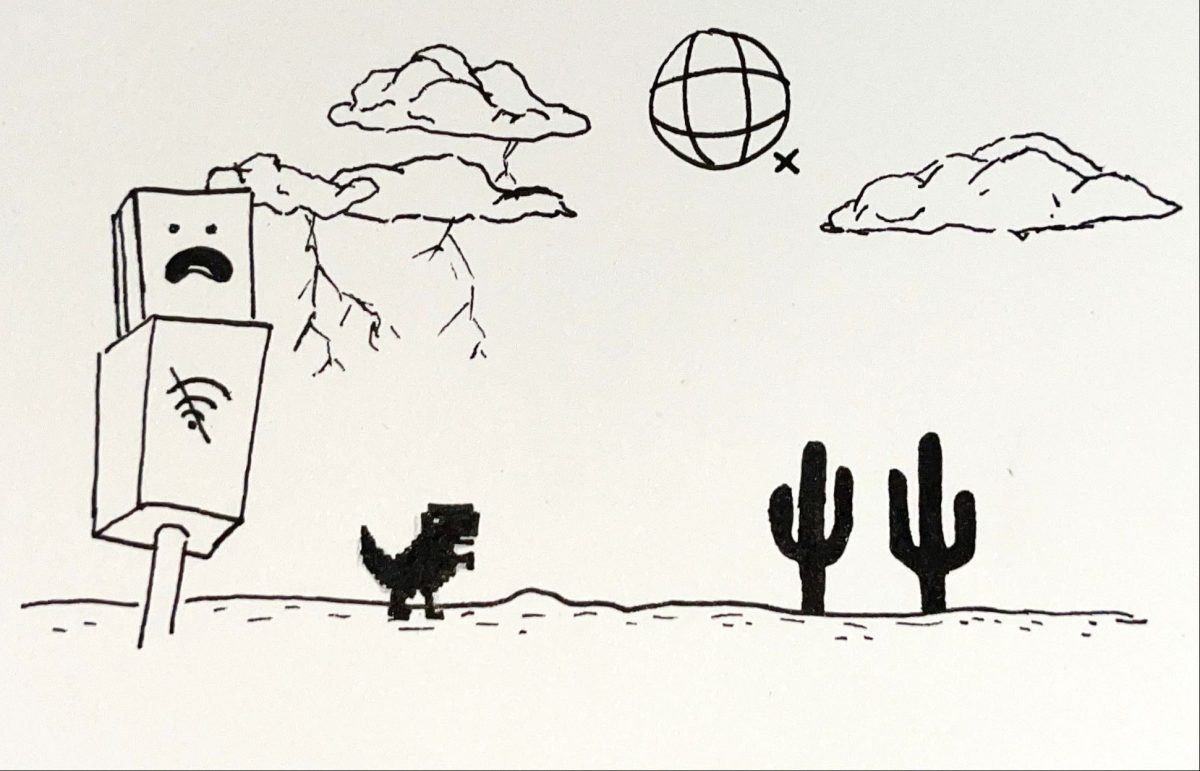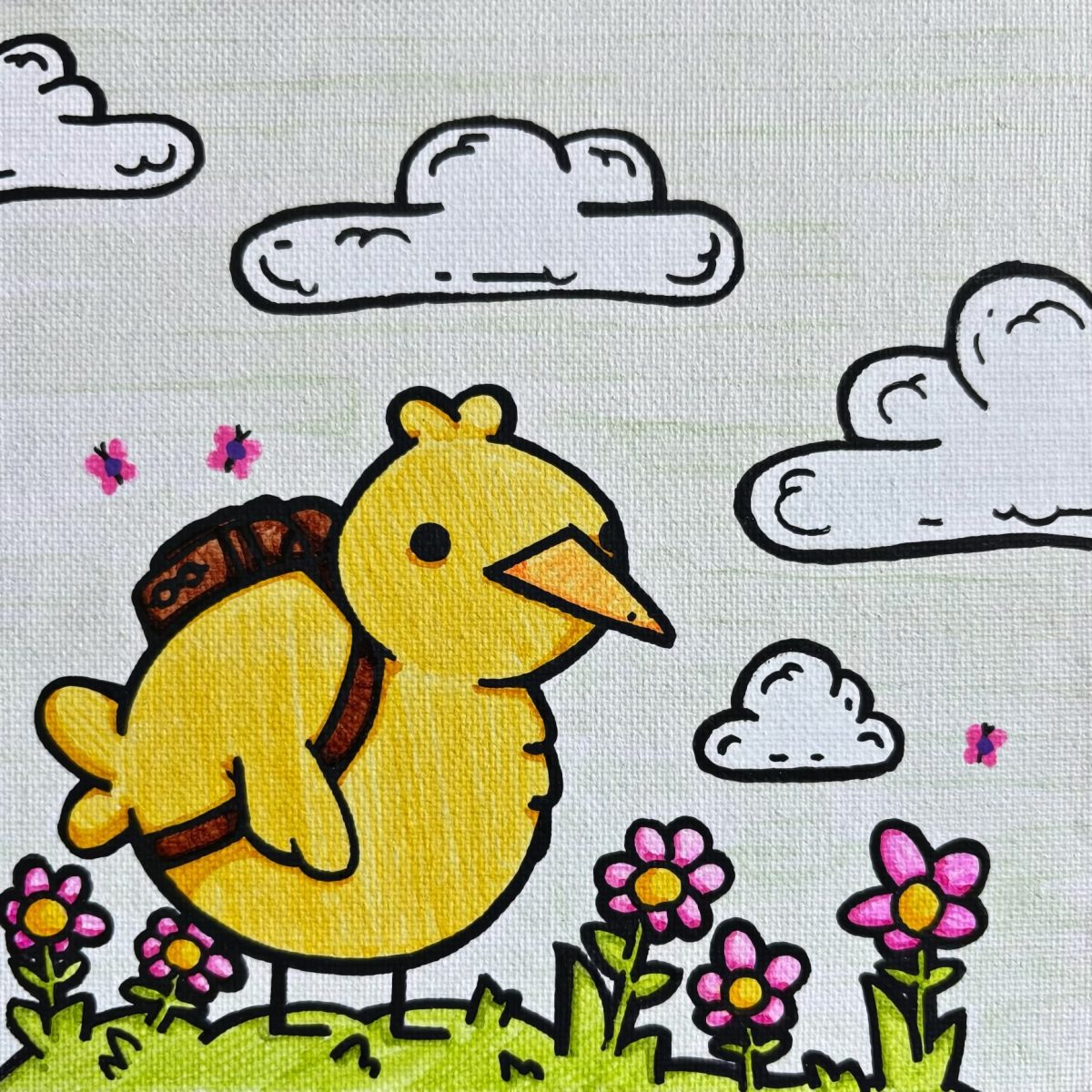Works like “The Diary of a Young Girl” by Anne Frank and “Night” by Elie Wiesel are commonly taught in middle and high school English classes. While these texts hold plenty of literary and historical merit, curricula should not center solely around them.
“Night” is a firsthand account of the Holocaust written 10 years after the fact. Anne Frank kept a diary during the duration of the Holocaust, and after the war was over, it was heavily edited into the volume we know today.
While these novels are direct first-hand accounts, both their creators were also writers well before the events of WWII. Because of this, both these works provide great examples of nonfiction and memoir writings beyond their historical importance.
However, plummeting media literacy levels in the United States make it difficult to use these texts as hallmarks of the Holocaust.
Educators predicted the COVID-19 pandemic increased these achievement gaps by one-fifth to one-third over the course of the 2020-2021 school year, according to a 2021 survey and subsequent study.
Post-pandemic, students need an additional 4.1 months of reading instruction per year to catch up with pre-pandemic levels of achievement, according to an EdWeek test score analysis.
Additionally, there are no country-wide standard requirements or guidelines for Holocaust education. This means states and districts are allowed to teach vastly different curricula about this major historical event, according to a project between the Georg Eckert Institute and UNESCO.
Both of these things are working against students and teachers when tackling topics such as the Holocaust.
It is assumed, especially at a high school level, that students will be able to fill in many of the historical and contextual gaps needed to understand these texts. However, the combination of decreasing literacy levels and variable education on the topic puts this assumption into question.
There are many far more accessible Holocaust texts for younger students, according to Melanie Koss, NIU professor in literacy education.
“There are a lot of children’s books on the Holocaust that are at a lower level, but I don’t think that ‘The Diary of Anne Frank’ and ‘Night’ are the only works and access points.” Koss said. “I think there’s a lot of really wonderful nonfiction and narrative nonfiction that might be at a lower developmental level: an easier way in.”
Nevertheless, “The Diary of a Young Girl” continues to be a very popular component of Holocaust curricula, to the point that well-known organizations such as the Museum of Jewish Heritage and The Zekelman Holocaust Center have developed curriculum guidelines for teaching the text.
Curricula need a number of different perspectives and genres when teaching about this aspect of WWII. Memoir, biography, historical fiction and traditional nonfiction need to be used together to shape students’ Holocaust knowledge base.
“One of the benefits to historical fiction, and, I think, it’s relevant to narrative nonfiction, is the form of a story that draws people into those details of everyday life,” Koss said. “I think that a lot of traditional nonfiction or textbooks get at those overlaying political and capitalistic, like, bigger issues.”
To truly teach the scope of the Holocaust in a way that resonates with students, one needs both traditional nonfiction and story-based texts.
“I think a combination is very important,” Koss said.
The historical context and ramifications of the Holocaust should be what students take away from these memoir and historical fiction Holocaust texts, but students can’t have these takeaways if they aren’t taught the history.
Despite their literary and historical merit, given the state of Holocaust education, teachers in middle and high school classes should focus their attention on additional texts to “Night” and “The Diary of a Young Girl,” or maybe different ones altogether.
The thing separating these texts from their fictionalized sister works is that they depict what real people went through from their perspectives: that matters. However, there are also a lot of other texts, information and stories that matter too.



